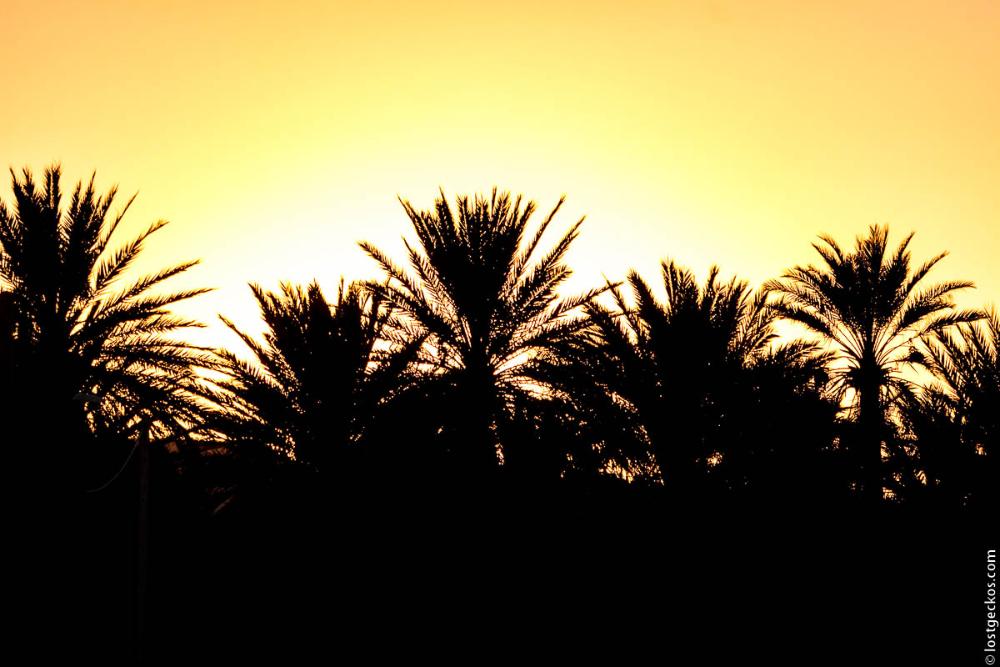And the trip continues
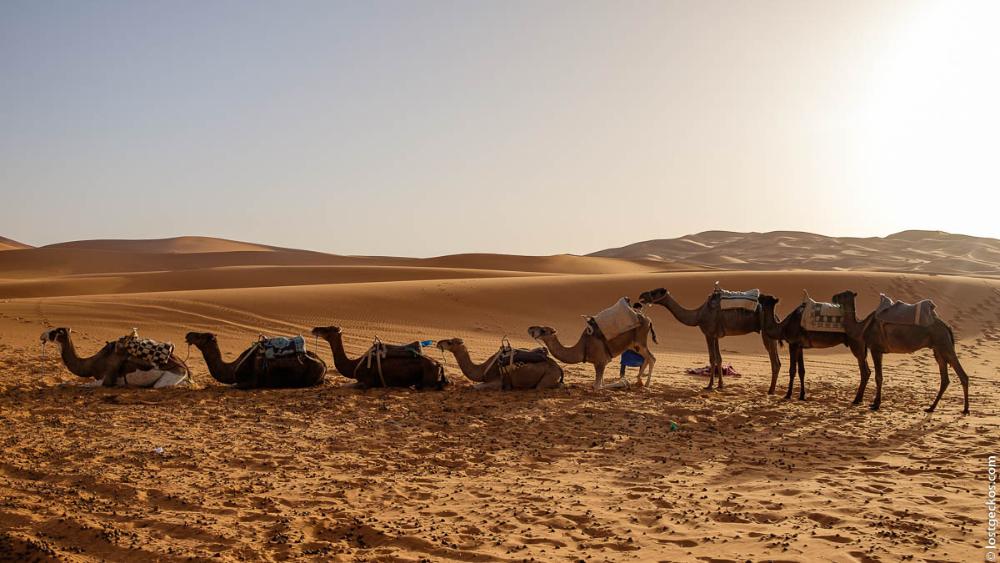
Day 3. Erg Chebbi Dune - Todra Gorge - Boulmane Dades
We woke up early that morning at the camp to enjoy the sunrise. Everyone at the camp tried to get up on the highest dune to get a better look of the sunrise. The thing is, do you know how hard it is to climb up a dune of sand? It’s tough, bruh. It’s like one step up and forward, 3 steps back down. Your feet just keep on sinking every step you make. All of us were racing up splish-splashing sand everywhere, trying to get to the top before the sunrises. The higher you go up the dunes, the more you witness this hell-lot-of sand and emptiness.
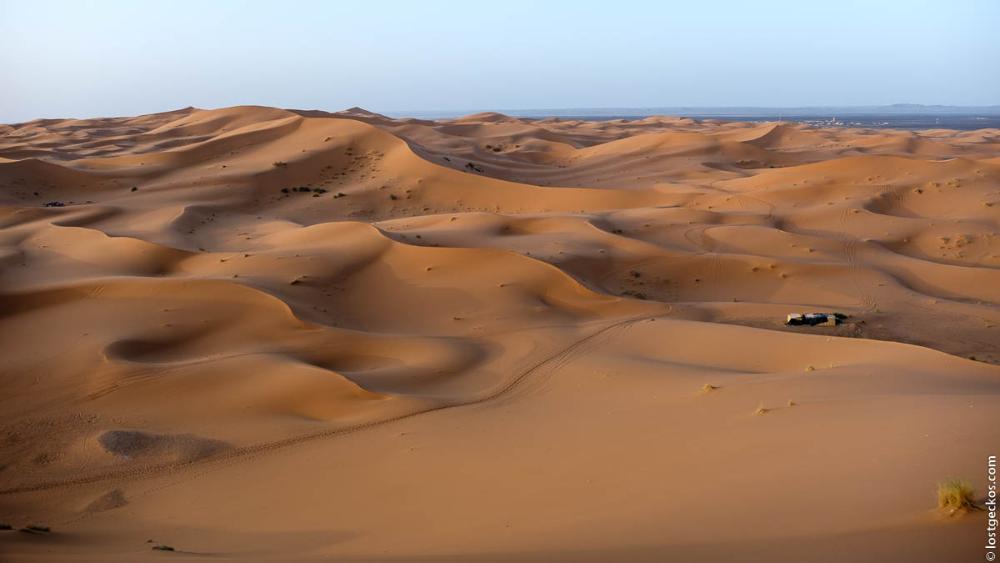
After the sun had completely risen we had our breakfast and rode our camels back to the hotel. The ride back was shorter because we didn’t make any stop for picture taking. I guess everyone of us had enough of the desert and couldn’t be more excited to be back to civilization and have an access to fresh water.
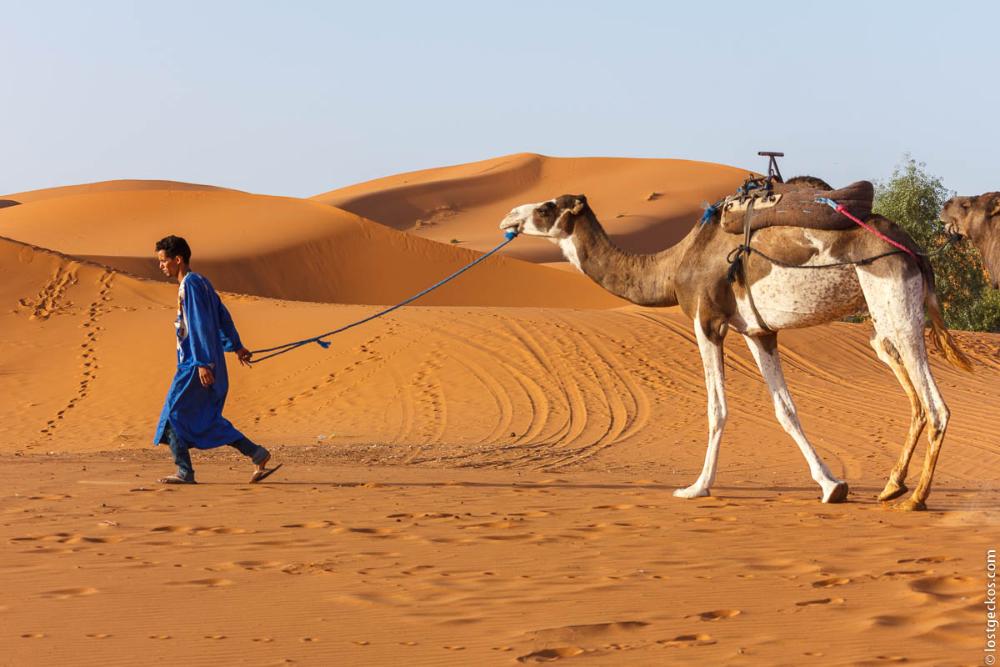
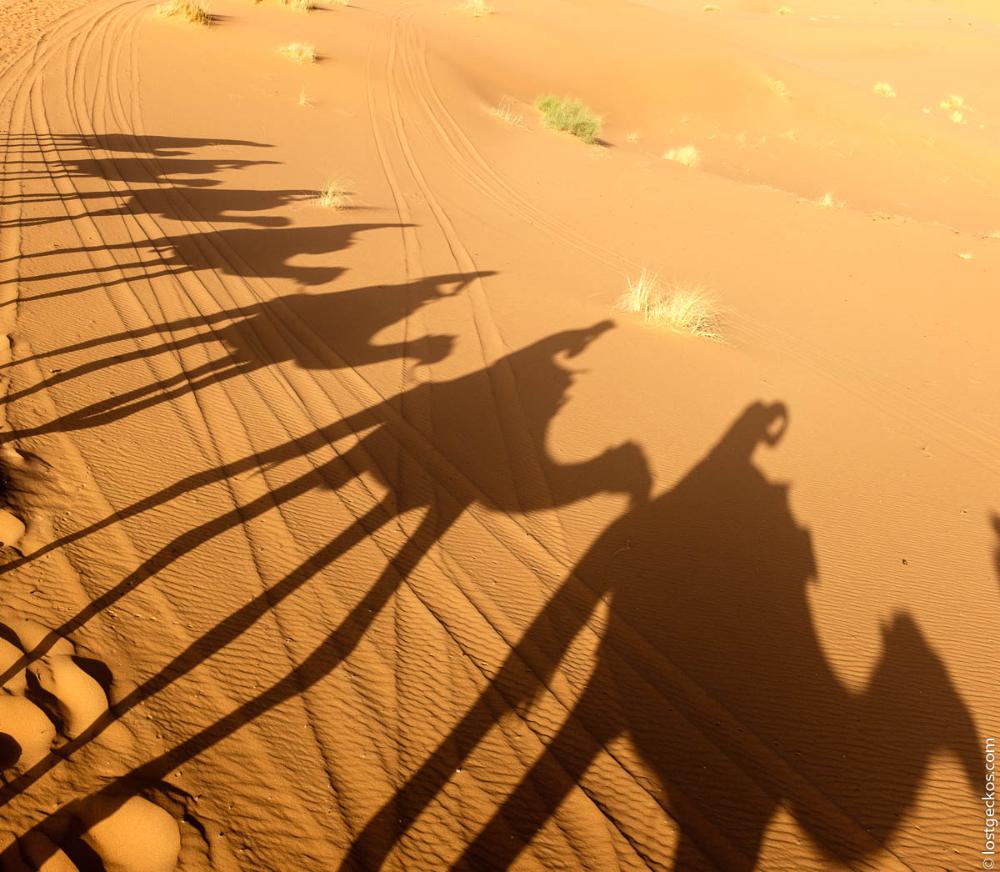
After the refreshing shower at the hotel, we continued our trip crossing the High Atlas mountain range. The surrounding views were nothing but rocks and desert for hours and hours, which I found too much after a while and fell asleep. The view got better when we approached the Dades Valley area. Oases sprawled around the river bed in the foothills of the Atlas Mountains, the sight of greenery was totally soothing for my mind.
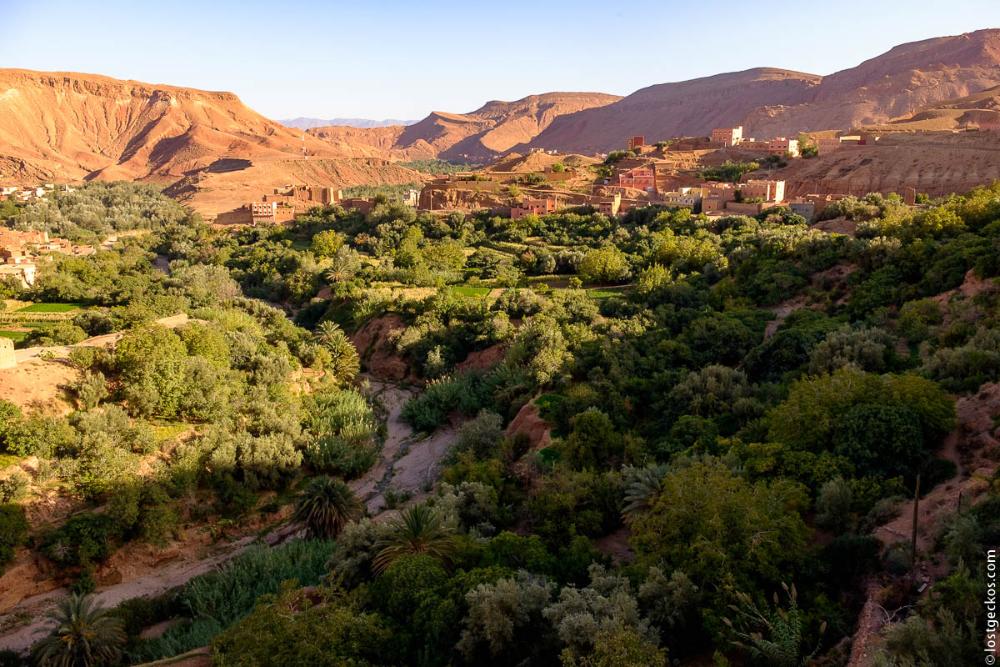
Todra Gorges
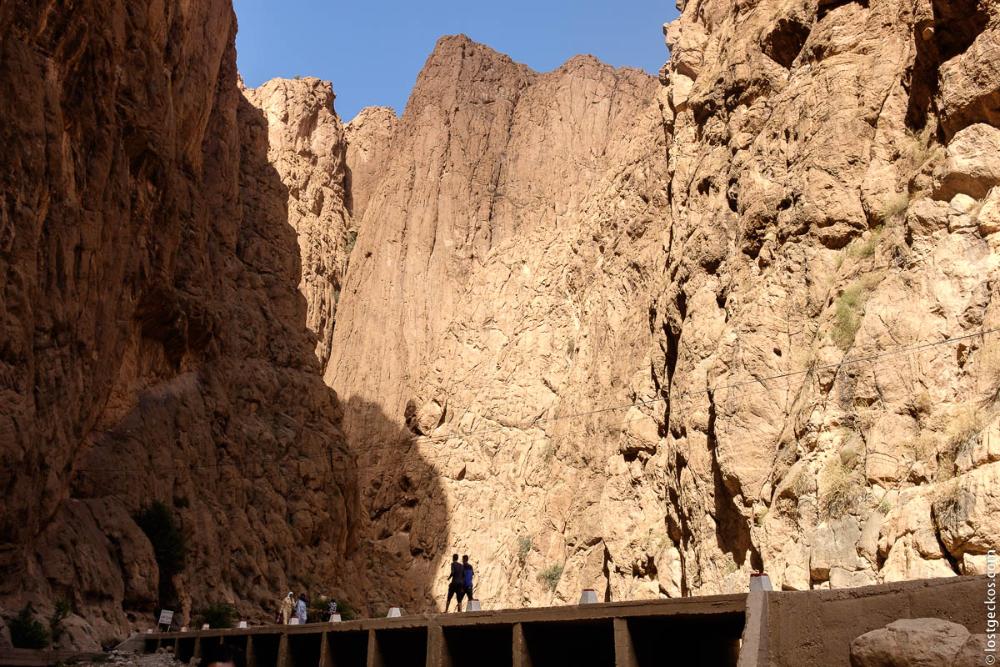
As we drove along through the Dades Valley from Merzouga, we made a stop in the dramatic gorge of Tinghir; the Todra Gorge. This gorge is situated in the east side of the High Atlas Mountains in Morocco and it is recognized as one of the most spectacular canyons in the world. But is it tho?
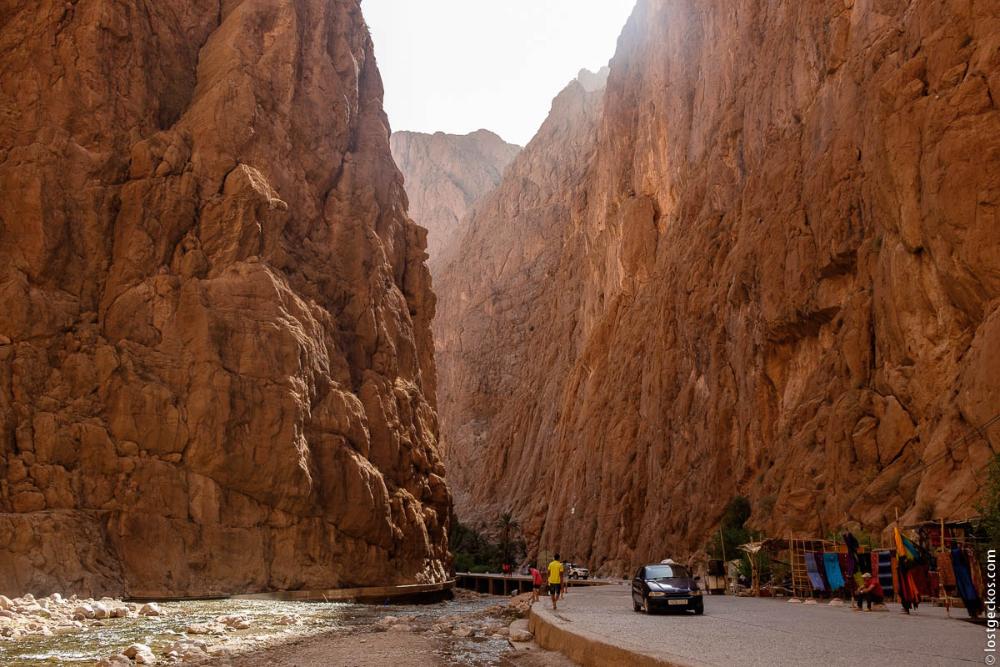
I had never been in a real canyon before, so this one did amaze me. This gorge was surrounded by steep cliffs and gigantic red rock formations, the height of the cliff/formation varied between twenty-ish meters to over more than 300 meters tall. Wall climbers from all over the world come here to climb these vertical cliffs. We could give it a go, but nah, I like my walk horizontal.
Day 4. Boulmane Dades - Bouthgrar - Ouarzazate
Monkey Paws
We hit back the road the next morning, driving along the Dades River. Dades river was an important trading river back in the days, but now its biggest purpose is as a waterway and irrigation. The wind and the rain over thousands of years have carved the valley into different features. One of them is the mountain ridge called the Monkey Fingers, a formation of rocks that have been smoothly eroded by nature to look like fingers of monkeys rising from the earth. This formation is known to have many names like: Monkey Paws, Monkey Toes, and Monkey Fingers. Honestly, I don’t think it resembles with anybody part of a monkey…
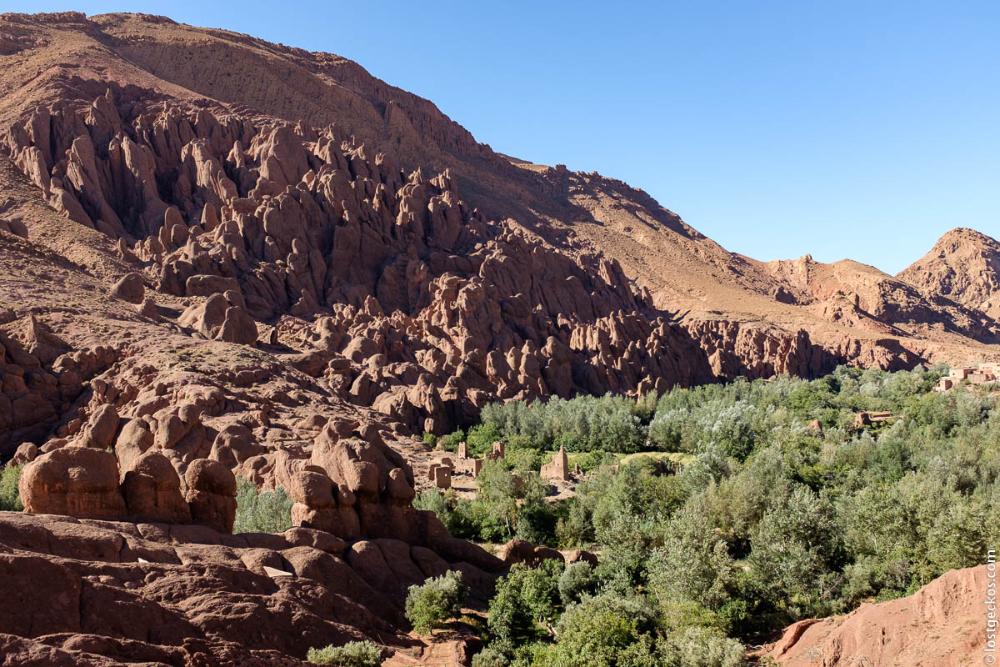
Dades Valley
Then along the way, I was once again reminded of my weak belly and its inability to keep everything I ate and or drink inside while driving a zigzag road. Can’t really blame it tho, Dades Valley has (perhaps) the craziest zigzag road ever.
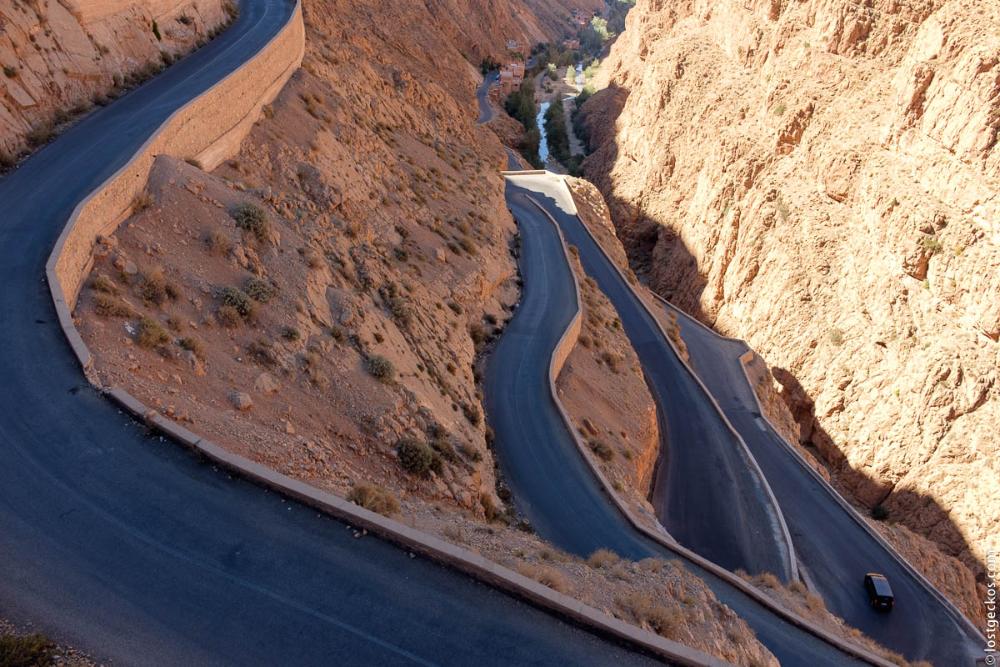
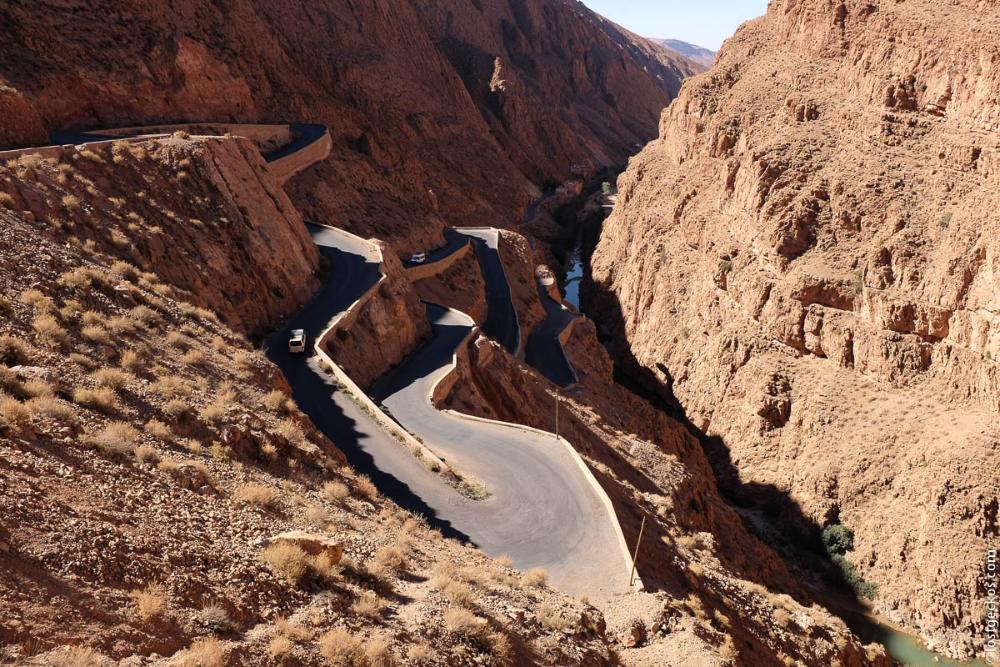
Bouthgrar, Mount Mgoun, Morocco's Valley of the Nomads
After the Monkey Paws valley, we arrived at Bouthgrar, Mount Mgoun, Morocco's Valley of the nomads. At first, it looks like nothing but steep rocky mountains, but once your eyes get used to it, you can find goats being herded by nomads up on the mountains. It's was hard to spot them because they were so up high on that rocky mountain. How do they get there, seriously??
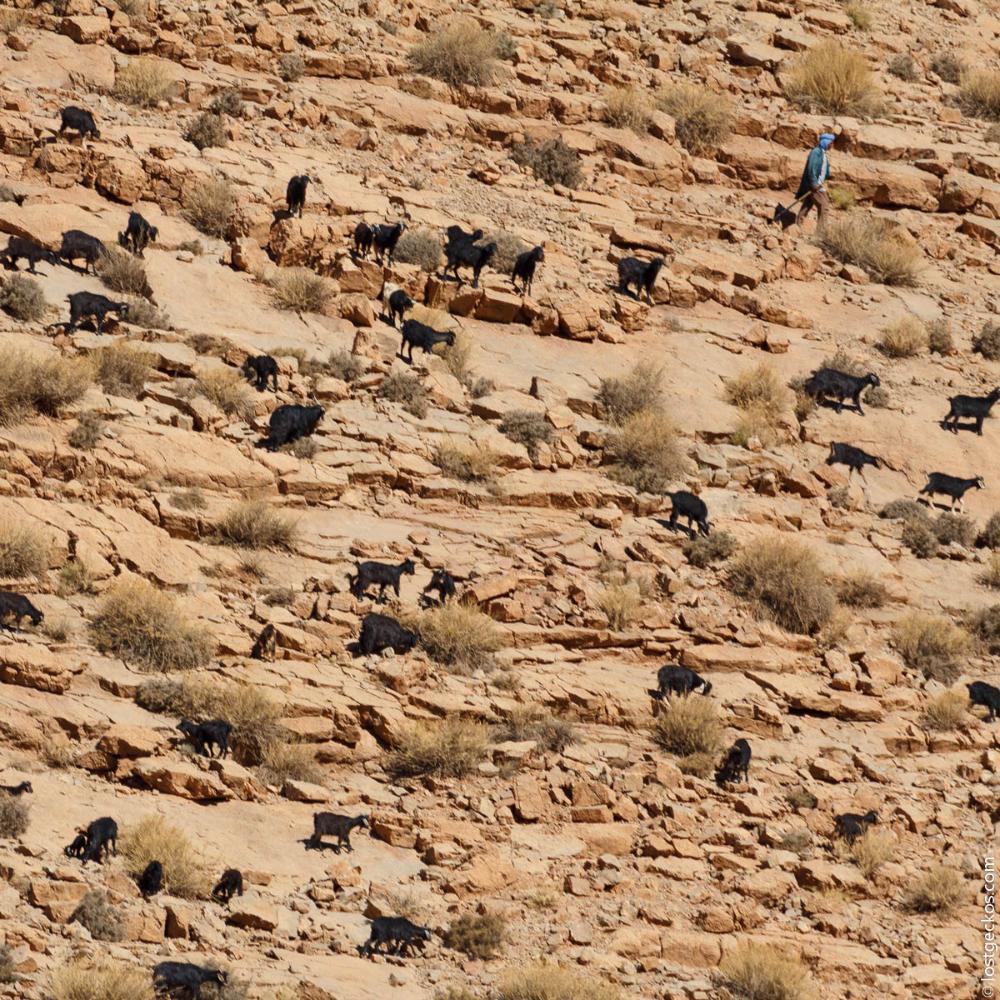
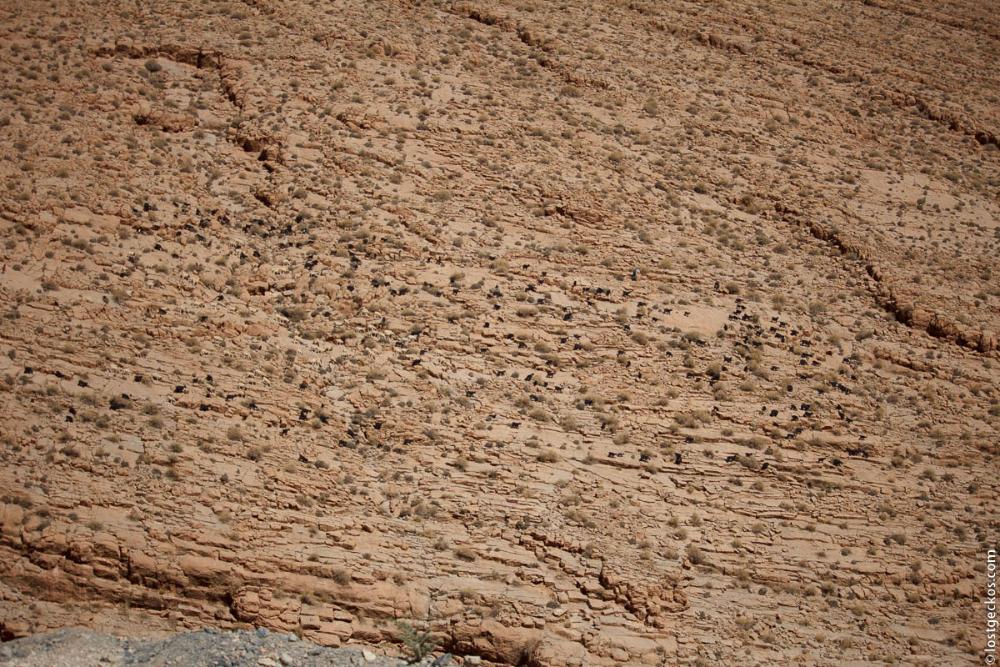
Apparently this rocky and arid environment is where most nomad families reside in Morocco. They are scattered randomly in the area and only gather to trade with each other once a month at the Berber market.
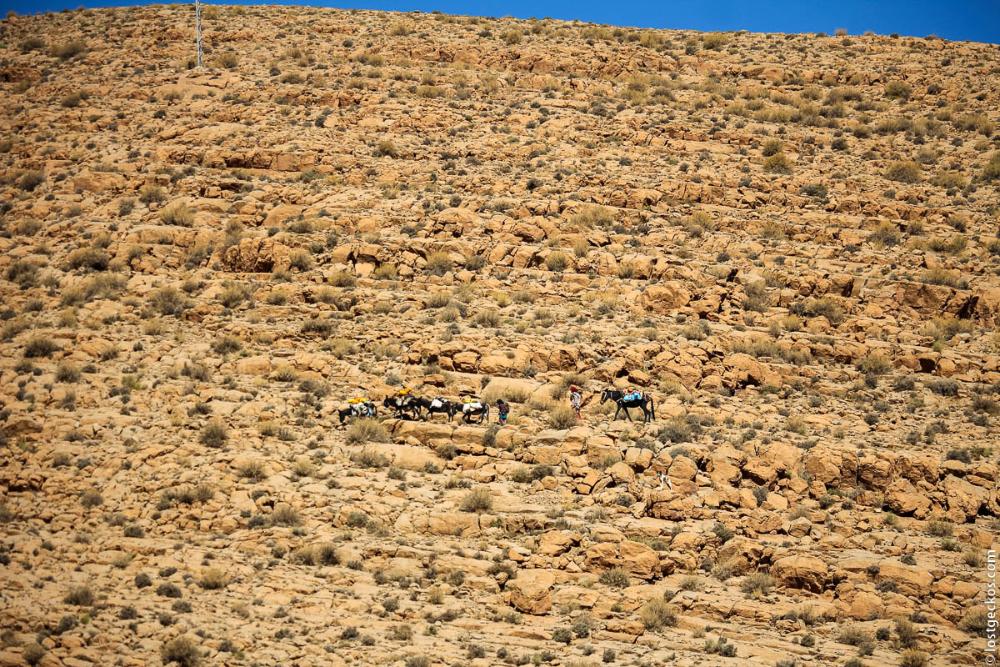
Dades Gorges
We passed another gorge, not as beautiful as Todra Gorges, but it still pretty awesome. This gorge was a tiny passage ripping the Dades Valley apart and it made a dramatic landscape. Similar to Todra Gorge, Dades gorge is also formed by steep ancient red rocky steep hills with a stream running through it.
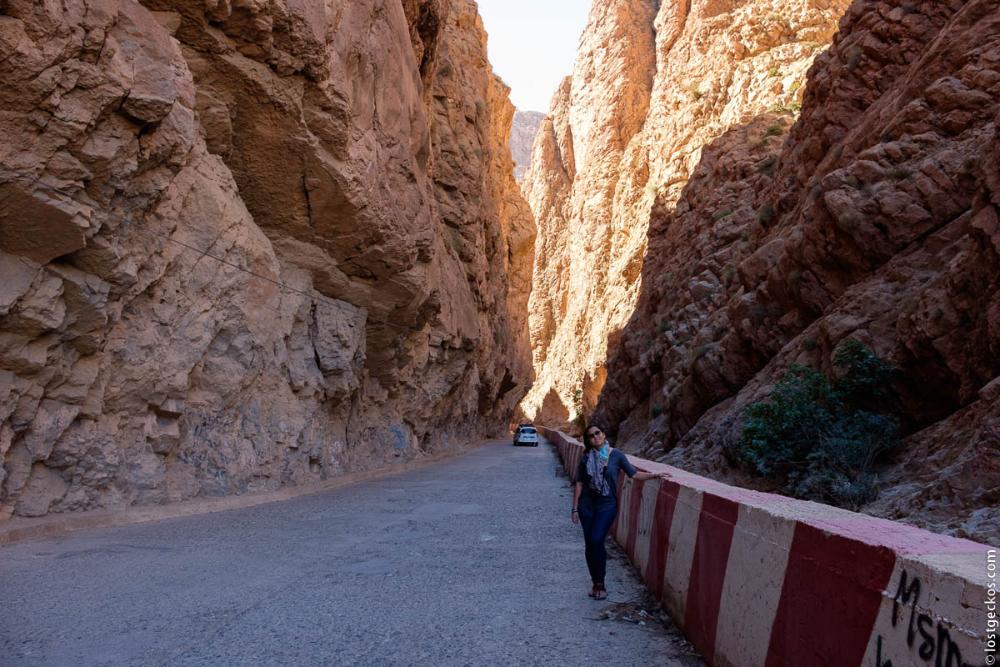
Berber Nomad Family
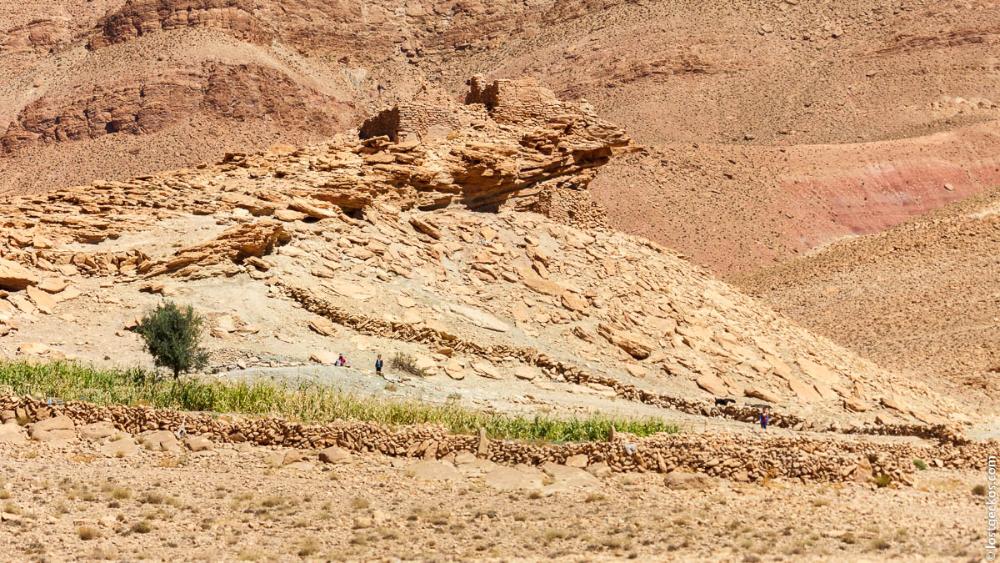
Our driver and guide invited us to visit another Berber nomad familly for a quick tea break before lunch at Bouthgrar. We drove 45 minutes off the official road into the valley, in the middle of nowhere apart from rocks, sand and mountains. The Berber nomad family we visited this time lived in a cave. Well, sort of a handmade cave, partly carved into the valley.
This family had 3 man made caves; one serving as their kitchen, one serving as their storage room, and the last one serving as a dining room/bed room/living room. Bathroom? I have no idea.
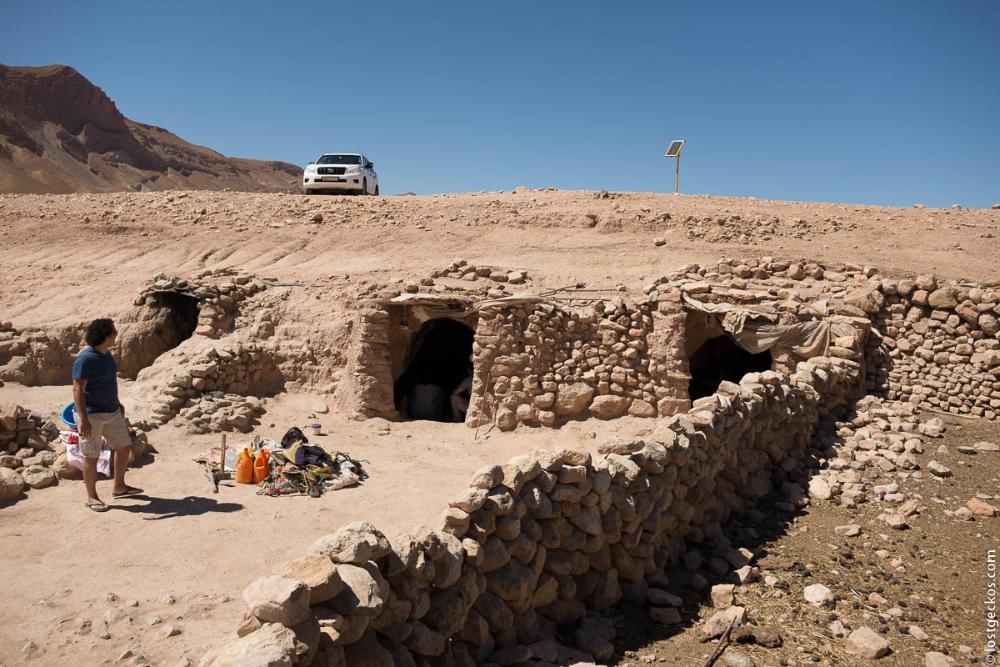
This family made up of three generations; grandparents, their son and his wife, and their young kids. Everyone sharing the same bedroom every night. Do you wonder how and or where the young couple find their private time? I have no idea, but hey, the valley is wide and empty… if you catch my drift.
They also had a pen for their goats, although they kept the baby goat with them hanging out in the living room.
A kid (a young goat) is actually pretty cute, it’s like a puppy with tiny horns and has a tendency to butt-head you for no apparent reason. I had never petted a kid before, it was my first time and I kinda liked it. I let Buttinsky the kid (I decided to name it Buttinsky, if I ever have a kid of my own, I will give it the same name) play next to me. It seemed to like me, it kept trying to snuggle on me. All of a sudden, Buttinsky casually peed riiiiight next to me, on the carpet. I wasn’t expecting to be peed on by a goat as part of my Sahara adventure. Everybody was just looking, as if it was normal.
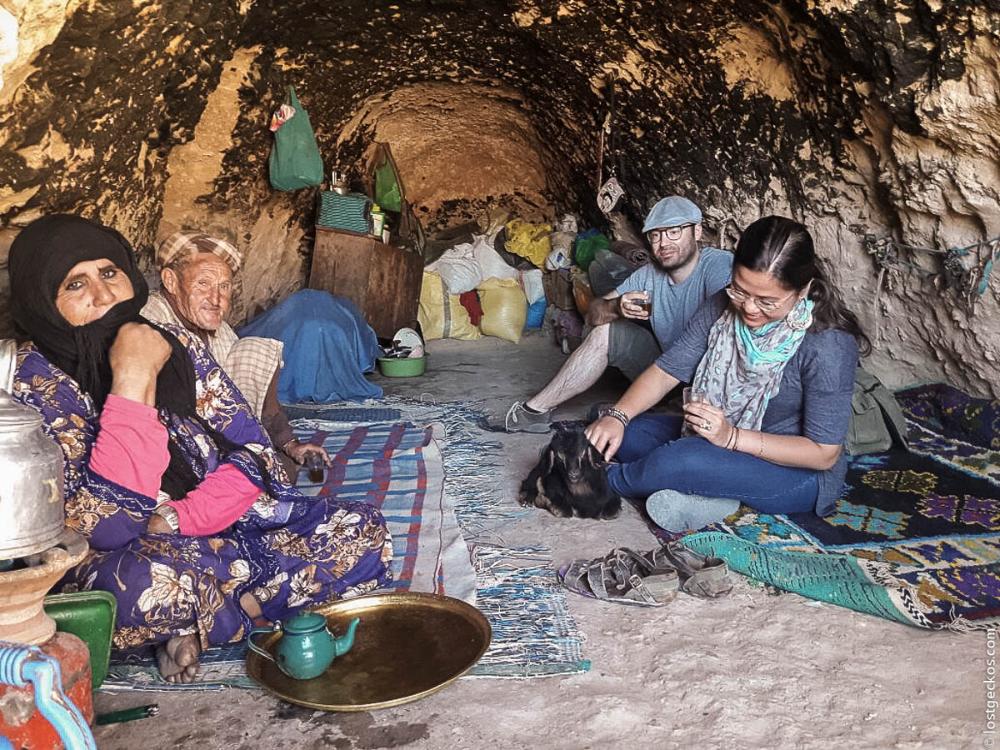
Our driver and guide were our translator and was very knowledgable about the Berber lifestyle. He helped us to communicate with the Berber family. Thanks to them, we got a broader understanding about this unique tradition and lifestyle.
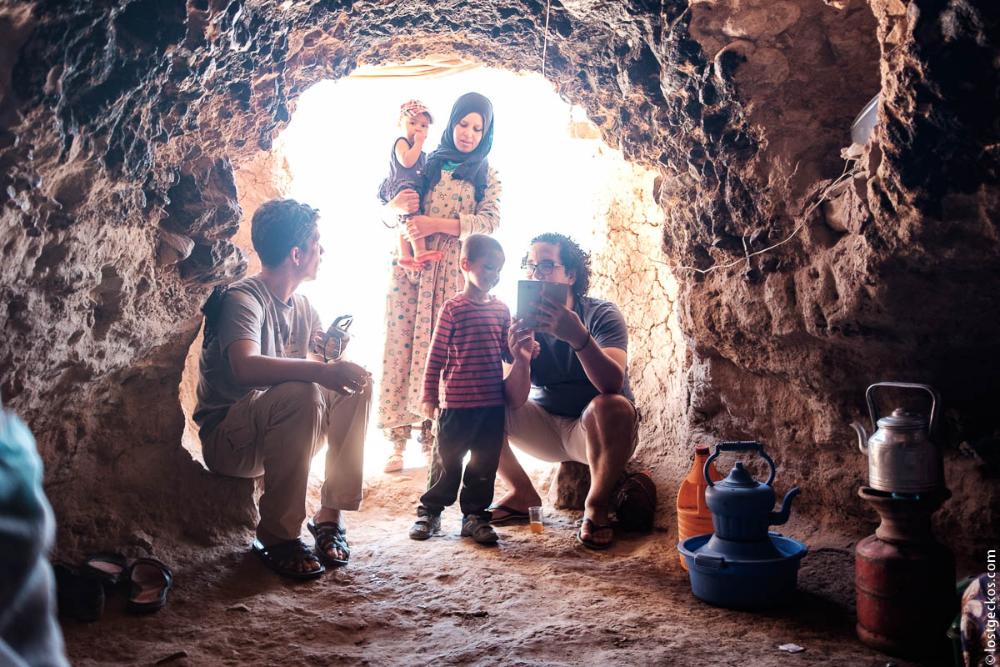
Kasbah Amridil in Skoura
Dades valley is known as the road with a thousand kasbahs. Back then in the past, the river was important for trading, therefore rich families built their kasbahs (fort) along this river. Sadly, most of the kasbahs are abandoned due to the high cost of maintenance. The kasbahs were built from clay mixed with water, but the Moroccans didn’t, and still mostly dont burn the clay to temper and make it harder and resistant to weather. They simply let it dry under the sun. With rain, winds, and whatnot, the raw claw is easily rotting away.
One of the most visited Kasbah in this area is Kasbah Amridil. Originally built in the 17th century by the Nassiri family as a residence for their large family. Nowadays the Kasbah serves as an iconic living museum. It was so iconic, the picture of the Kasbah was used on the 50 dirham bank note.

The original feature of the Kasbah is kept the way it was originally. A local guide will explain to you the history of the Kasbah plus give you a glimpse of knowledge of how life was in the Kasbah hundreds of years ago. Pretty interesting, frankly. I’m always interested in knowing how life in general worked in the past.
Skoura area is known for its lush and fertile palmary. Sadly, the global warming has changed the weather so drastically that it hasn’t been raining for the last few years.
We finally got to our hotel before sunset in Ouarzazate. I had time to lounge next to the swimming pool while Nico went out to check the palmary right next door, because he hasn’t seen enough palm trees in this trip …
